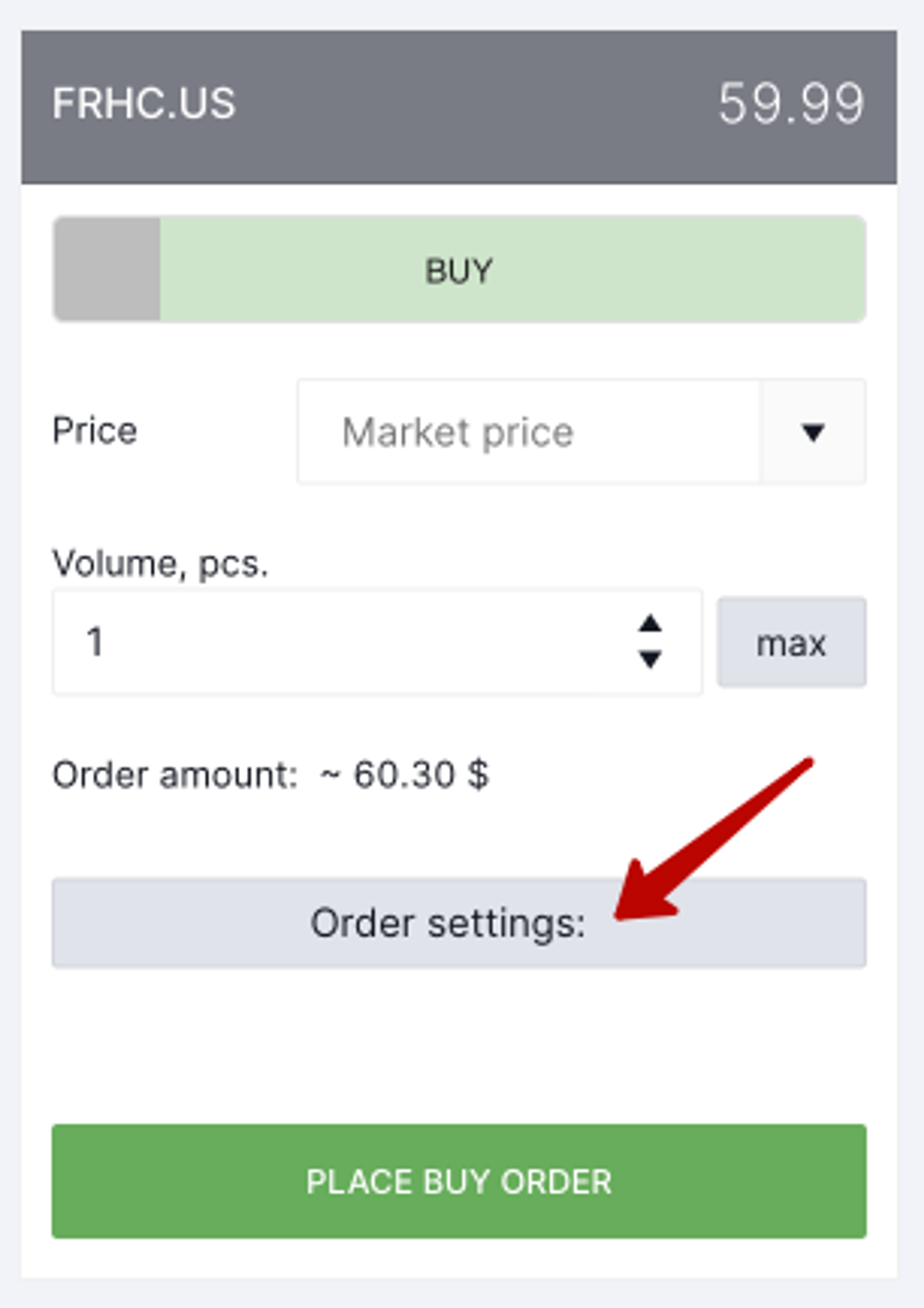Our company only executes orders that have been placed and confirmed by our clients themselves. This rule also applies to the currency exchange orders, as clients are personally responsible for maintaining a positive cash balance of their account. We don't carry out automatic currency exchange on behalf of clients.
This article aims to give you a brief understanding of how to avoid getting into a negative cash balance and using margin funds.
The access to a particular financial instrument is subject to an Appropriateness test, which every client needs to complete.
What is margin financing?
Margin financing is an operation between the Stockbroker firm (Financial Institution (*FI*)) and the client, where additional funds are provided by the FI to enable clients trading with borrowed money. Margin financing increases the buying power of your account, allowing you to invest more than the cash you have on hand. In other words, you can spend more money on a trade than you currently have by borrowing from the broker. In this case, your own funds in the trading account act as collateral and are locked as a security deposit (or margin).
We provide our clients with margin funds at annual interest rate that published on our web-site, accrued and charged on a daily basis.
Example:
- You have $1000 in cash.
- You want to buy $2000 worth of stock.
- You can borrow $1000 from the broker for this trade.
- Your cash balance becomes -$1000 (margin fund)
- The annual interest fee is $180 (18% of $1000), split and charged daily.
- Daily charge: $0.49 ($180 divided by 365 days).
- The next day, your cash balance is -$1000.49 and so on
Margin funds are lent to clients with sufficient assets in their portfolios. The loan amount depends on the value of the client's portfolios.
How to enable Margin Trading
To activate margin trading, follow these steps:
- Go to the order placement section for any asset.
- Click on "Order Settings"

- Enable "Use margin"
.png)
- Once settings are closed, margin trading will stay enabled for all future trades on all assets until you choose to disable it.
Closing Margin Funds
To close margin funds, repay the borrowed amount to the brokerage. As soon as there is a sufficient amount in the account, the margin amount is automatically repaid. The client doesn't need to do it manually.
Here's a general guide:
- Make sure you have enough cash in your account to cover what you borrowed.
- In case there’s not enough cash on your account, you can deposit the required amount via bank transfer or directly from your payment card.
- Alternatively, dispose the required part of your investment portfolio to generate cash.
- Keep an eye on your account balance as you sell assets. Ensure it covers what you owe.
- Check your account summary to make sure the borrowed amount is repaid.
Contact customer support if you encounter any issues or have questions about the margin closure process.
Fees and base currency
We have two base currencies for our trading accounts: EUR and USD.
By default, your account is set to EUR, meaning:
- Your Net Asset, reflecting the overall value of your account, is shown in EUR;
- All fees, including trading fees, are charged in EUR.
If you primarily trade US stocks, which are traded in USD, consider setting your account base currency to USD. This will allow you to buy assets directly with USD.
You can find information on how to change your base currency in this article: How to change service plans
Choosing the appropriate base currency simplifies transactions and provides a clearer overview of your account's value.
Trading on margin involves higher risks
In the event of a sudden adverse price change, potential losses can exceed your own funds in the trading account.
Margin Call / Risks:
A margin call is when the broker tells you to close some of your investment position if your borrowed money exceeds the value of collateral (cash and financial instruments that are eligible to use for margin financing). This happens when your own money is less than 25% of everything you have.
If the borrowed money drops below 25%, you will receive a notice. If things don't improve, the broker may close some of your investment position.
If it gets close to the second critical level, the broker automatically closes some of your investment position at the current prices (Stop Out).
You can find more details in the "Risks" section.
Portfolio Evaluation Levels:
You can find the risk assessment of your portfolio by clicking going to Trade and scrolling down to Risks tab at the bottom of the screen.
.png)
Yellow Level (Yellow Margin):
- If the overall portfolio value is below the initial margin, it's at the yellow level.
- You can't open new positions, only close existing ones by selling securities with market orders.
- Limit orders are not allowed.
Red Level (Red Margin):
- If the overall portfolio value is below the minimum margin, it's at the red level.
- A margin call is triggered, and the broker will forcibly close positions.
Read more about risk management here: What is marginal trading
Important Notice:
If you keep your base currency in EUR, but trade in USD:
- Trading fees will be charged in EUR.
- Insufficient EUR funds may lead to a negative balance.
- A negative balance triggers automatic borrowing of margin funds.
- Keep enough EUR funds to cover fees and avoid using margin funds.
Note:
Net Assets do not indicate a negative cash balance - it reflects the total portfolio value. Check your cash balance status in the "Trades" menu under the "Account Balance" section at the bottom of the screen.

